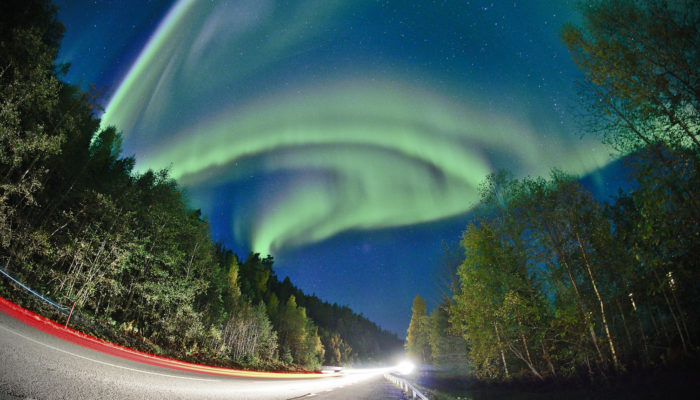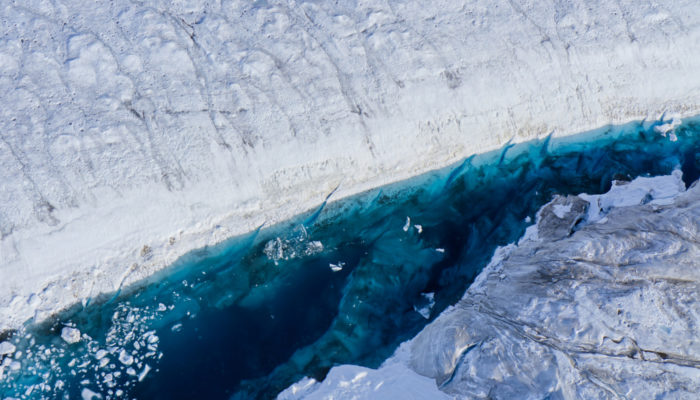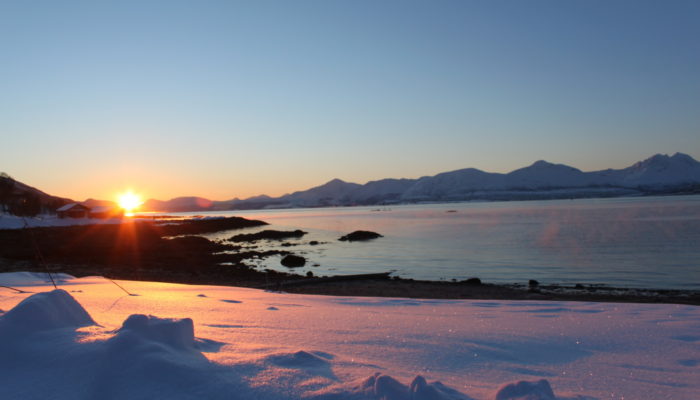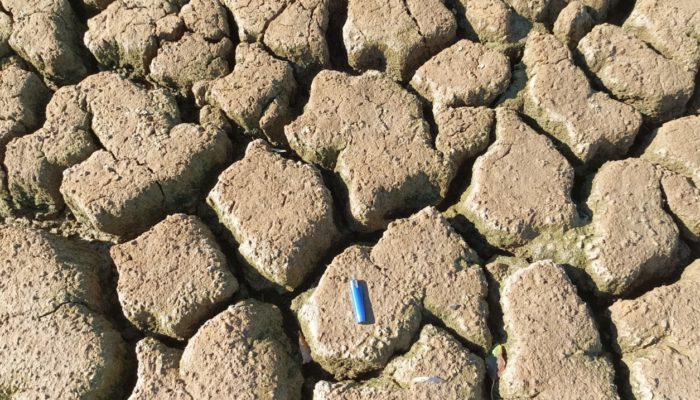In Sweden a beautiful Northern Lights show proceeds unnoticed by the busy drivers passing by. The Northern Lights or Aurora Borealis are spectacular lights created as a result of disturbances in the Earth’s magnetosphere caused by solar winds. They are visible at both polar regions and or often seen as veils or lines of greenish-blue light. Photo by Junbin Zhao shared on imaggeo.egu.eu. &nbs ...[Read More]
Imaggeo On Monday: Aurora show on the road




